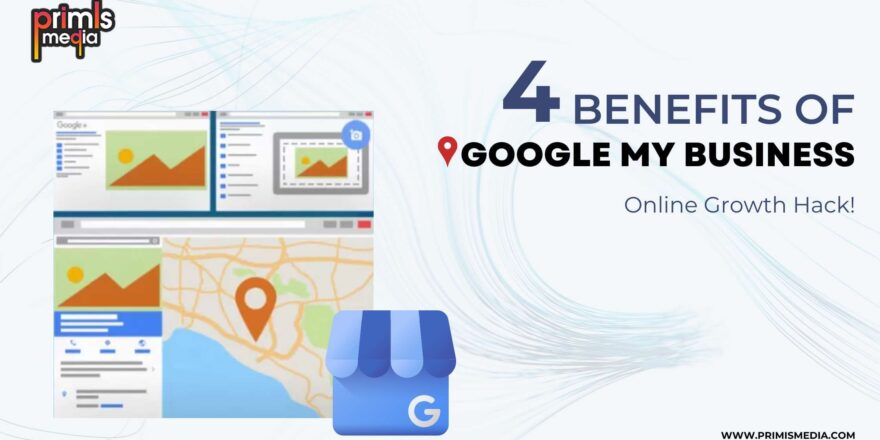In today’s fast-paced world, businesses must find ways to keep up with the demand for instant gratification from their customers. The rise of technology has enabled businesses to provide efficient and effective customer service, and one of the latest innovations in this field is chatbots. Chatbots are AI-powered digital assistants that can communicate with customers in a natural language format. They can handle queries, provide assistance, and recommend products, making them a game-changer in the world of sales. In this article, we’ll discuss the power of chatbots in transforming customer service and how businesses can leverage this technology to improve their bottom line.
Benefits of using chatbots for customer service
The benefits of chatbots outweigh those of traditional customer service methods. Chatbots can handle customer queries 24/7, without any delay, which is something human customer service personnel cannot match. They also reduce the workload of customer service staff, allowing them to focus on more complex issues. Chatbots are faster, more efficient, and less prone to errors compared to human customer service personnel.
Chatbots can also provide personalized recommendations and assist customers in finding the right product. By analyzing a customer’s purchase history and preferences, chatbots can suggest products that are more likely to interest them. Chatbots can also answer frequently asked questions, such as shipping details, return policies, and payment options. Chatbots can improve customer satisfaction by providing instant solutions to their problems, leading to higher customer retention rates.
Chatbots can also help businesses reduce costs. Hiring and training customer service personnel can be expensive, especially for small businesses. Chatbots can handle a significant number of customer queries, reducing the need for human customer service personnel. Additionally, chatbots can handle multiple queries simultaneously, further reducing the workload of customer service staff.
Chatbot statistics and trends
Chatbots have become increasingly popular among businesses worldwide. According to a report by Grand View Research, the chatbot market size was valued at USD 2.6 billion in 2019 and is expected to grow at a compound annual growth rate (CAGR) of 24.3% from 2020 to 2027. The same report also states that the retail and healthcare industries are the most significant adopters of chatbots, followed by banking and financial services.
Another report by Juniper Research states that chatbots will be responsible for cost savings of over $8 billion per year by 2022. The report also states that chatbots will be responsible for over $100 billion in retail sales by 2023. It is clear that chatbots are becoming an essential tool for businesses looking to improve their customer service and boost sales.
How chatbots work in customer service
Chatbots work by using natural language processing (NLP) algorithms to understand and interpret customer queries. They use machine learning algorithms to analyze customer data and provide personalized recommendations. Chatbots can handle queries through various channels, such as messaging apps, social media platforms, and websites.
Chatbots can be programmed to handle specific queries and redirect customers to human customer service personnel when necessary. Chatbots can also be customized to suit the needs of different businesses. They can be designed to match a business’s branding and personality, making the interaction with customers more engaging.
Chatbot implementation and customization
Implementing chatbots in customer service requires careful planning and execution. The first step is to identify the areas where chatbots can be most effective. Businesses can start by analyzing their customer data to identify frequently asked questions and the most common queries. This information can help businesses design chatbots that can handle these queries effectively.
Once the areas of implementation have been identified, businesses can customize the chatbots to suit their needs. Chatbots can be designed to match the branding and personality of the business. They can also be programmed to handle specific queries, redirect customers to human customer service personnel when necessary, and provide personalized recommendations.
Chatbot use cases for boosting sales
Chatbots can help businesses boost sales by providing personalized recommendations, handling customer queries, and offering discounts and promotions. Chatbots can analyze a customer’s purchase history and preferences to suggest products that are more likely to interest them. They can also provide real-time assistance during the purchase process, such as answering product-related queries and providing product recommendations.
Chatbots can also offer discounts and promotions to customers, leading to higher conversion rates. By analyzing a customer’s purchase history and preferences, chatbots can offer personalized discounts and promotions, making the interaction with the customer more engaging.
Chatbot integration with eCommerce platforms
Chatbots can be integrated with eCommerce platforms to provide a seamless customer experience. Chatbots can handle queries related to product availability, shipping details, and return policies. They can also provide real-time assistance during the purchase process, such as answering product-related queries and providing product recommendations.
Chatbots can also be used to upsell and cross-sell products. By analyzing a customer’s purchase history and preferences, chatbots can suggest products that are more likely to interest them, leading to higher sales.
Chatbot analytics and optimization
Chatbots can be optimized to improve their performance. Businesses can analyze the chatbot’s performance by tracking metrics such as customer satisfaction, response time, and query resolution rate. Based on this data, businesses can identify areas where the chatbot can be improved.
Businesses can also train chatbots using machine learning algorithms to improve their performance. By analyzing customer data and feedback, chatbots can be trained to handle complex queries and provide more personalized recommendations.
Chatbot vs. human customer service
Chatbots are becoming increasingly popular among businesses, but they are not a replacement for human customer service personnel. While chatbots can handle queries efficiently, they lack the empathy and emotional intelligence of human customer service personnel.
Human customer service personnel can handle complex queries and provide emotional support to customers, something that chatbots cannot match. However, chatbots can complement human customer service personnel by handling queries that do not require emotional support, allowing human customer service personnel to focus on more complex issues.
Chatbot development and costs
Chatbot development requires expertise in natural language processing and machine learning algorithms. Businesses can either develop chatbots in-house or outsource the development to third-party vendors. The cost of chatbot development depends on the complexity of the chatbot and the expertise required.
The cost of chatbot development can be a significant investment for small businesses. However, the benefits of chatbots outweigh the costs, making them a worthwhile investment.
Conclusion
Chatbots are revolutionizing the way businesses interact with their customers. They can handle queries, provide assistance, and recommend products, leading to higher customer satisfaction and sales. Chatbots can be customized to suit the needs of different businesses, making the interaction with customers more engaging.
While chatbots are not a replacement for human customer service personnel, they can complement them by handling queries that do not require emotional support. The benefits of chatbots outweigh the costs, making them a worthwhile investment for businesses looking to improve their customer service and boost sales.





